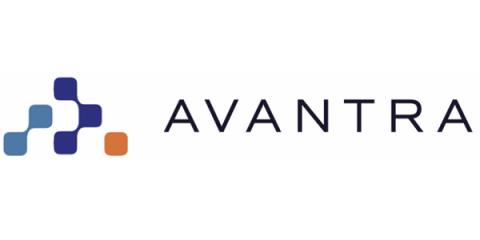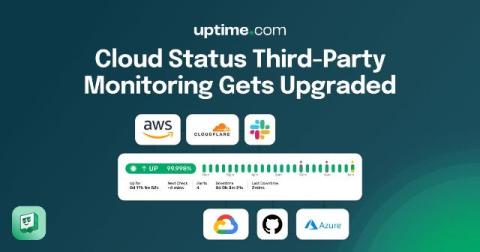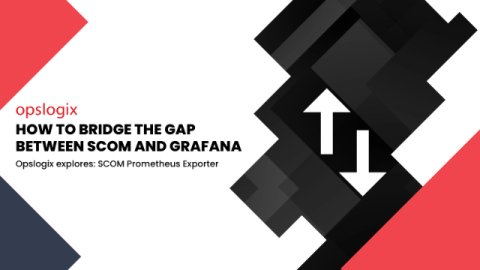Secure AIOps: Do I really need the SAP transport? - Q&A
During customer implementations, we are often asked about the need for Avantra SAP transports. This post addresses many of the common questions we receive and explains the rationale behind our platform design decisions. Our choices are guided by security-first principles, SAP best practices, and over 23 years of accumulated expertise. These principles ensure a reliable, secure, and effective solution for our customers.











